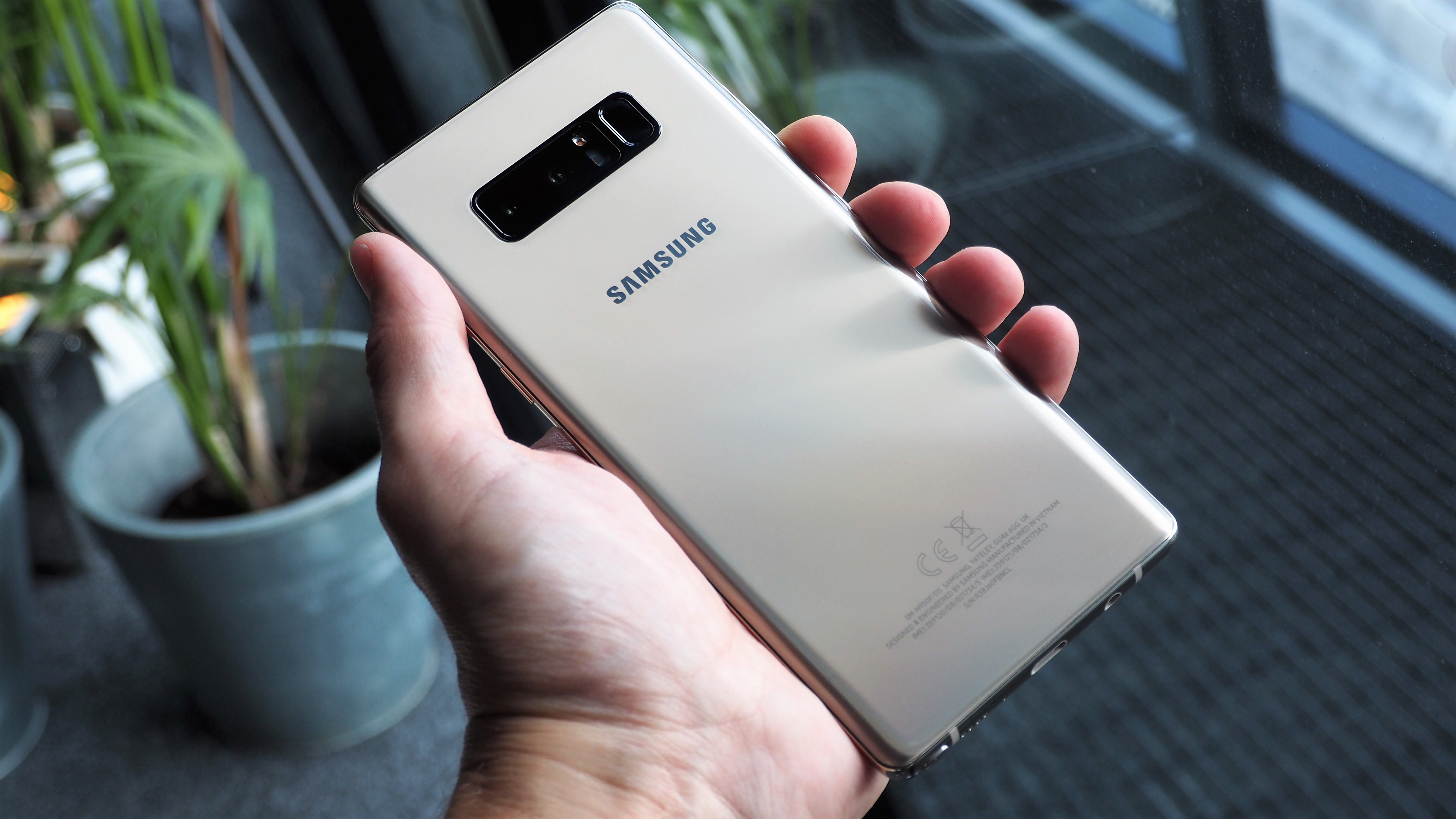

We popped to see the Galaxy Note 8 last week. Aside from a brief mention of an 8-Point battery check, there was no talk of the Samsung Galaxy Note 7 debacle in the briefing that preceded our hands-on time.
That was in stark contrast to the tone of Samsung's Mobile World Congress keynote in February, where we heard the company talk about "one of the most challenging periods in our history".
But what has Samsung actually done to ensure there are no Note 8 battery problems? The answer is pretty simple.
What is the 8-Point battery check?
As we said, the Galaxy Note 8 battery has undergone Samsung’s 8-Point Battery Safety Check, which it claims is the most rigorous in the industry.
This involves enhanced processes for several existing areas, including more stringent durability tests, visual inspection, x-ray tests and any voltage abnormalities.
Crucially, there are also several new tests. A charge/discharge test now happens for every battery.
An accelerated usage test means each battery undergoes intensive real-world scenario testing.
Sign up to the T3 newsletter for smarter living straight to your inbox
Get all the latest news, reviews, deals and buying guides on gorgeous tech, home and active products from the T3 experts
Finally, another test called TVOC involves the detection of volatile organic compounds, essentially ensuring there isn't any leakage of the battery components.
There's also a conservatively-sized battery
The tech giant has also erred on the side of caution, included a relatively small 3,300mAh battery in the device, in contrast with the 3,500mAh battery inside the Galaxy S8 and the S8+ - that was also the size of last year's Note 7.
Mind you, it's still significantly bigger than the 2,900mAh unit in the iPhone 7 Plus.
It's enlisted outside help
Samsung contracted an external firm - UL International - to work with it on battery tests. "We have been closely working with Samsung... in the science of smartphone quality and safety evaluation. As a result, the Galaxy Note 8 has successfully completed a rigorous series of device and battery safety compatibility test protocols.” said Sajeev Jesudas, head of UL International.
What happened with the Note 7
A presentation in late January 2017 revealed the results of Samsung's investigation into the Note 7 battery problems. You can watch this on video below or read more about the Note 7 battery issues in our story from January.
Samsung had been unlucky because there were two different flaws were responsible for the Note 7 catching fire, rather than any error with the phone itself, with a design flaw in the upper right corner of the original battery leading to a short circuit, and a welding defect on the replacement battery leading directly to overheating.
In addition, Samsung confirmed that certain units of the second, replacement battery were missing insulation tape.
The battery investigation took 700 dedicated staff and involved contracting UL, in addition to two other firms: Exponent and TUV Rheinland.
Liked this? Now why not check out our Galaxy Note 8 review.
Dan is a previous Editor for T3.com and covered the latest in computing, home entertainment and mobile tech. He's also the former Deputy Editor of TechRadar and former Editor of Lifehacker UK. Dan has written for numerous computing and lifestyle magazines and has also written a book, too. You'll see him pop up in numerous places, having been quoted in or on The Sun, BBC World Service, BBC News Online, ITN News, BBC Radio 5Live, BBC Radio 4 and Sky News Radio.

